Gerbera Daisy Care Indoors and Outdoors

Proper Gerbera Daisy care indoors and outdoors will help you get awesome bright blooms. Gerbera Daisies are scientifically known as Gerbera jamesonii. They are also commonly known as Gerber Daisies, African Daisies, and Transvaal Daisies. They can be found in many colors including yellow, orange, white, pink, and cream. The flowers are native to South Africa.
Gerbera Daisy Care Indoors and Outdoors
Gerbera Daisy Varieties
The blooms can be as large as 2-5 inches in diameter. The most common variety is the Gerbera jamesonii which is available in different colors. Other varieties include Gerber Minis and Gerbera Spider Daisies.
Soil
Gerbera Daisies do well in slightly acidic soil with a pH of about 5.5 to 6.5. If you establish them in very acidic soil, they will not thrive or do well. The plant’s leaves will get black spots and patches.
If you grow them in alkaline soils, the plants will get chlorosis which is seen as yellow stripes on the leaves.
If your soil is too acidic, you can raise the pH by applying lime. Add the lime directly into the soil and mix it up. You should be careful not to overdo.
Temperature
Gerbera Daisies should be grown between Hardiness Zones 8-11. Most gardeners in zone 8 grow them as annuals because they need protection from the cold. They also grow them in pots and overwinter them.
Light
Gerbera Daisies grow best under full sun to partial shade. If you want to grow them in a warm zone choose a location with morning sun. If you want to grow them in cool climates choose a location with full sun.
When and How to Plant Gerbera Daisy Seeds
Gerbera Daisies can be grown from plant starts or seeds. Most varieties can be started from seeds especially when grown in warmer climates.
However, it’s important to note that Gerber daisies don’t like to have their roots disturbed as would be the case during transplanting. Therefore, when giving them a head start indoor make sure to grow them in paper or peat pots.
Establish the seeds about 12 weeks before the last day of frost. Fill the pots with soil mix and press the seeds in and make sure they are very close to the surface.
Water the pot and cover it with plastic to create some greenhouse effect. Place the pot in a place with sufficient light and warm temperatures of about 70-74degrees Fahrenheit.
Wait for your seeds to germinate and grow into healthy seedlings.
Planting Gerbera Daisies in Gardens
You should move your Gerbera Daisies outdoor after the threat from frost is over. Choose a good location with well-draining soil. Dig holes in the ground and plant your starter plants or seedlings.
Ensure that the plant’s crown is positioned about half an inch above the ground. Firm the soil around the plant to ensure it is positioned upright. Water them immediately.
Watering
Water the plants regularly, especially if you have opted to establish the Gerbera Daisies as seeds directly planted in the ground.
As the Gerbera Daisies plants grow, water them frequently when the soil is one or two inches dry. Increase the frequency, during hot days.
Fertilizer
Include organic fertilizer or compost mixed with the soil during establishment. After that, you can feed the plants with a water-soluble fertilizer once per month during the blooming season.
Diseases and Pests
Gerbera Daisies can be attacked by most common pests. They can be attacked by thrips, spider mites, aphids, and whiteflies. As with all plants check them regularly so that you can identify any signs of attack early.
Control the pests using neem oil or insecticidal soap. If it is just a few pests, you can remove them manually with your hands or blasting them with water. The flowers can also be attacked by leaf miners.
Gerbera Daisies can be attacked by root rot and powdery mildew especially when they are overwatered.
Growing Gerbera Daisies with Companions
Gerbera Daisies can be grown successfully with companions in the garden. You can grow Gerbera Daisies with other types of flowers; however, they look beautiful paired with complimentary colored flowers.
Growing Gerbera Daisies in pots
Gerbera Daisies can be grown as container flowers. Establish them in pots indoors about 12 weeks before the last day of frost. Keep them indoors until they germinate.
Move them outside as the weather gets warmer. Take care of them as you would any other potted plants. The potted Gerbera Daisies require more care compared to those planted directly in the ground.
After flowering, cut back the stems and move your pots inside and overwinter the plants. Don’t water them regularly to avoid root rot but also ensure that the soil doesn’t dry out completely.
Wait for next season, and begin watering your plants as well as feed them to get new growth.
Cut Gerbera Daisies
Gerbera Daisies make very beautiful cut flowers. They are often included in many types of floral arrangements. You can also cut them and display them in a vase just by themselves. They can also be enjoyed as they grow on the stems in the garden.
Related Posts:
Final Thoughts
Gerbera Daisies are gorgeous and flower in summer all through fall. If you are in zones 9-11, you can grow them as perennials and enjoy pretty flowers every year.
I hope you liked this post on Gerbera Daisy care indoors and outdoors. Please share it and also follow me on Pinterest for awesome flower care posts.
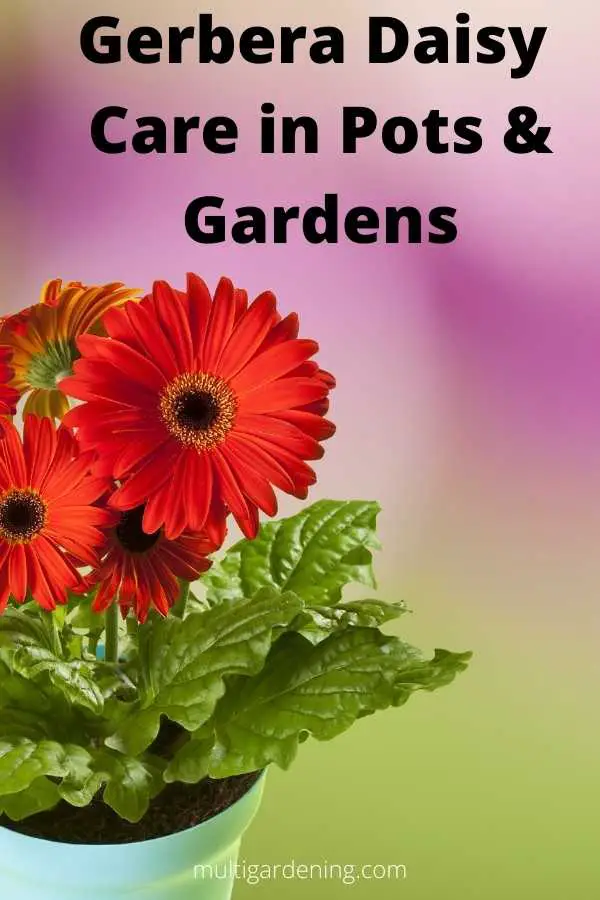
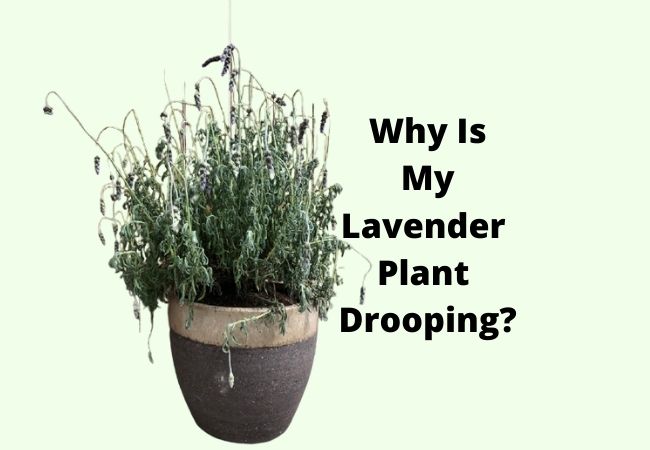
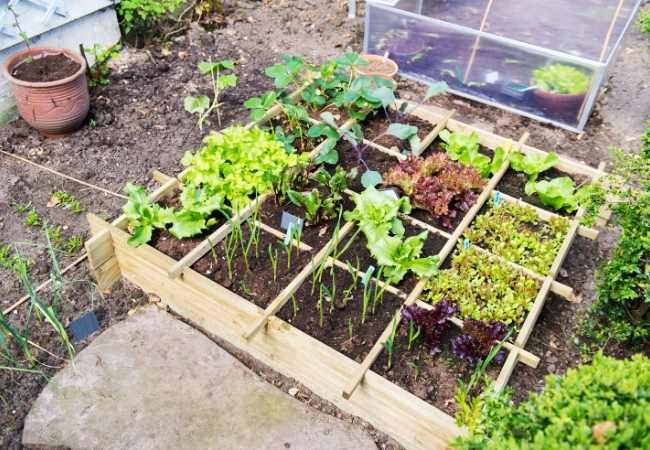


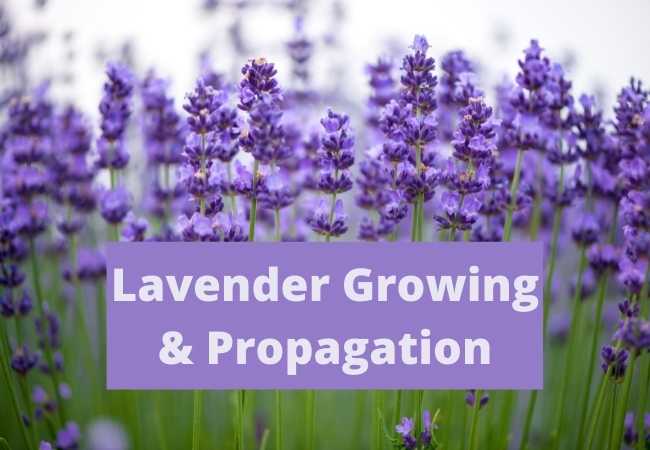
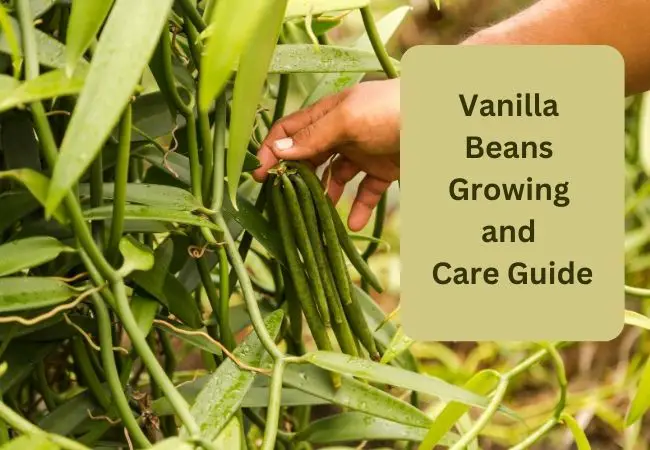
Thank you so much for the gerbera information. A few of my flowers are looking bad. Should I trim the flowers off or let them die off naturally. They appear very healthy.